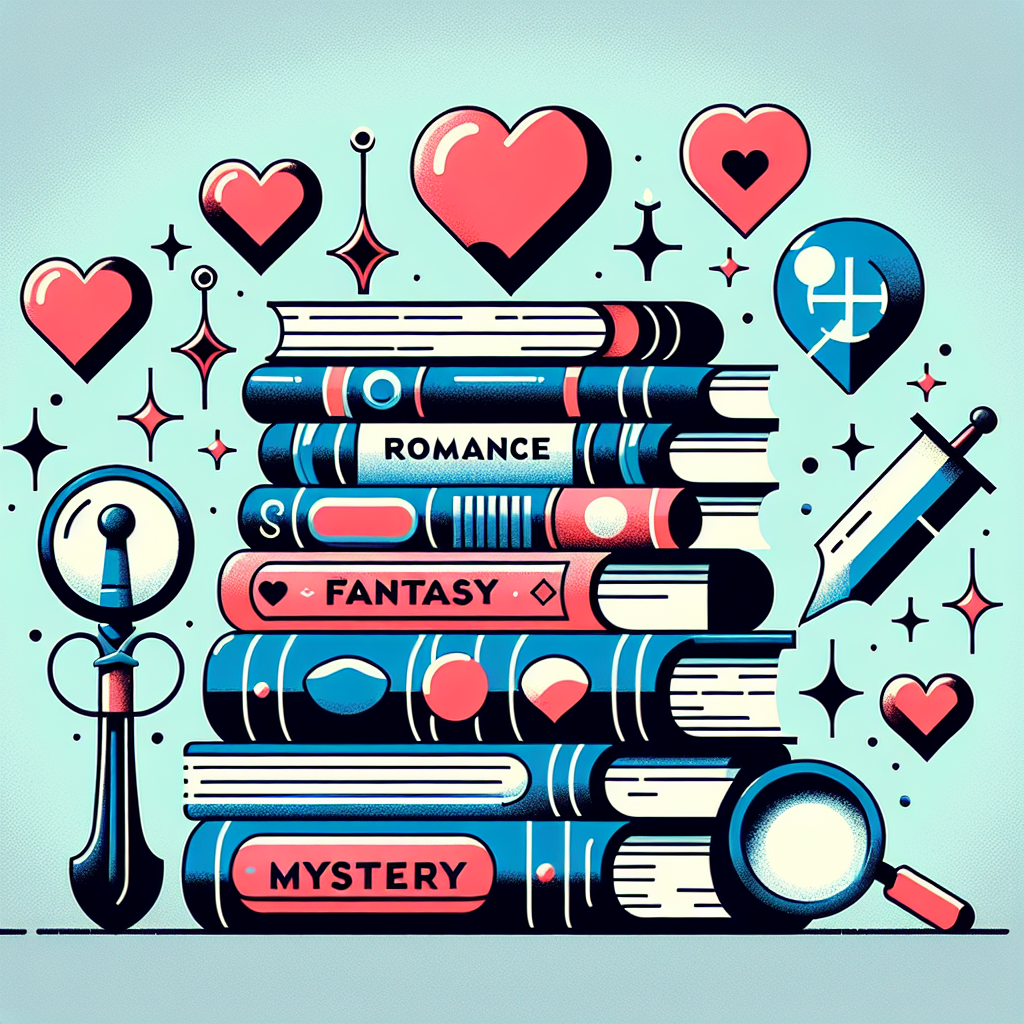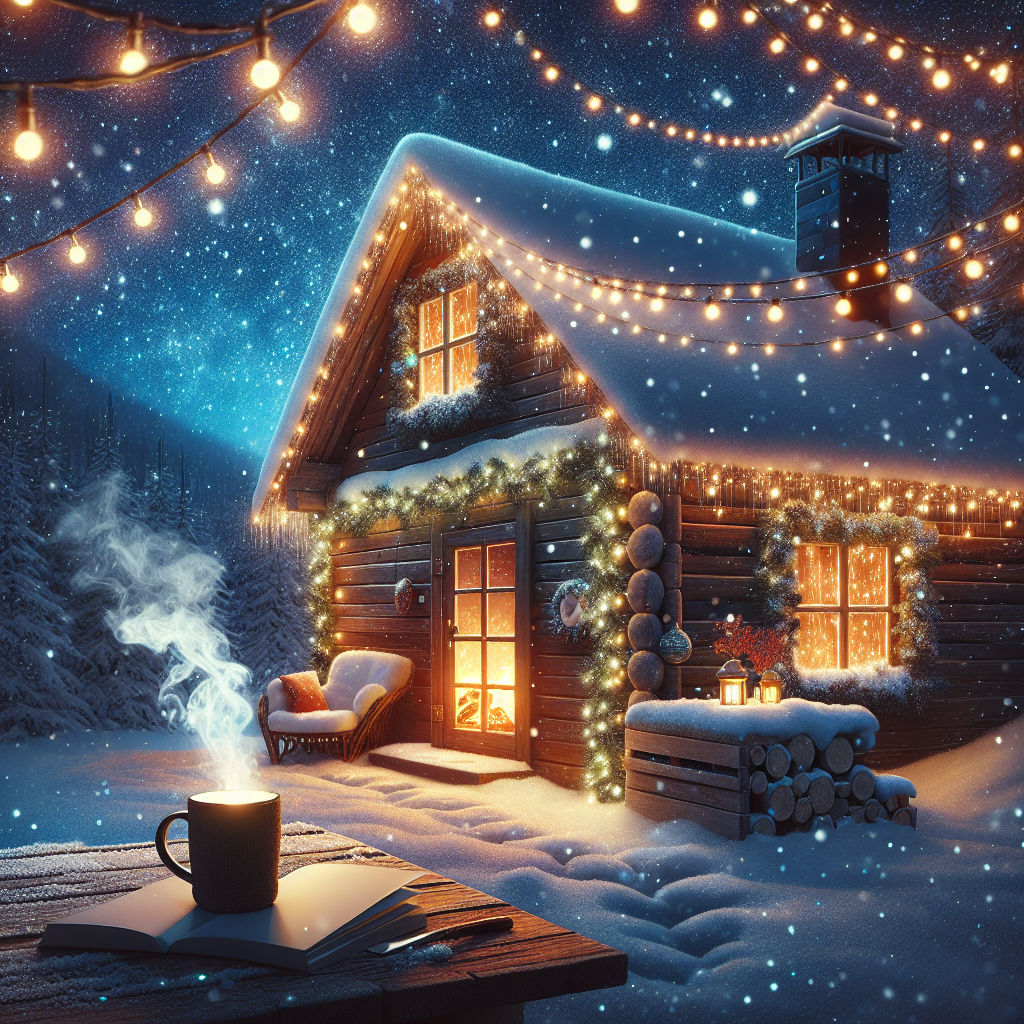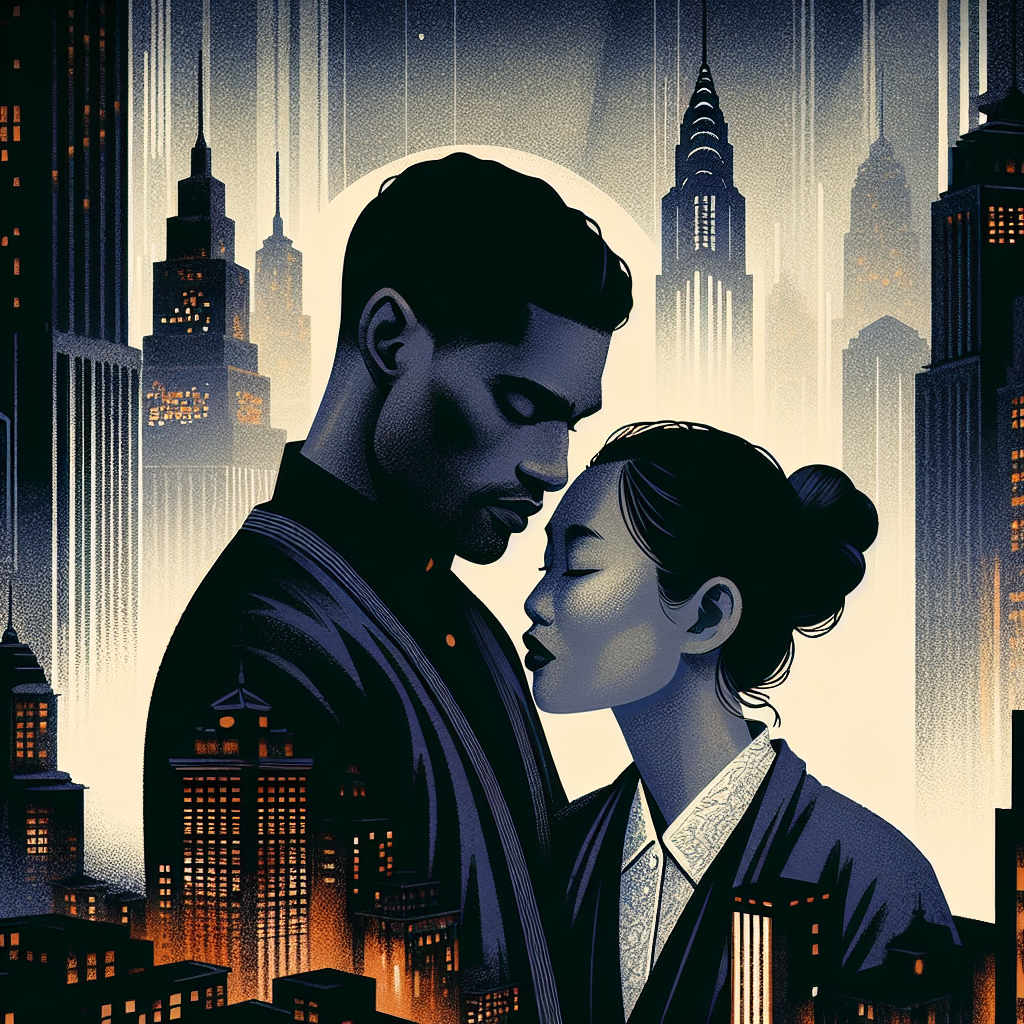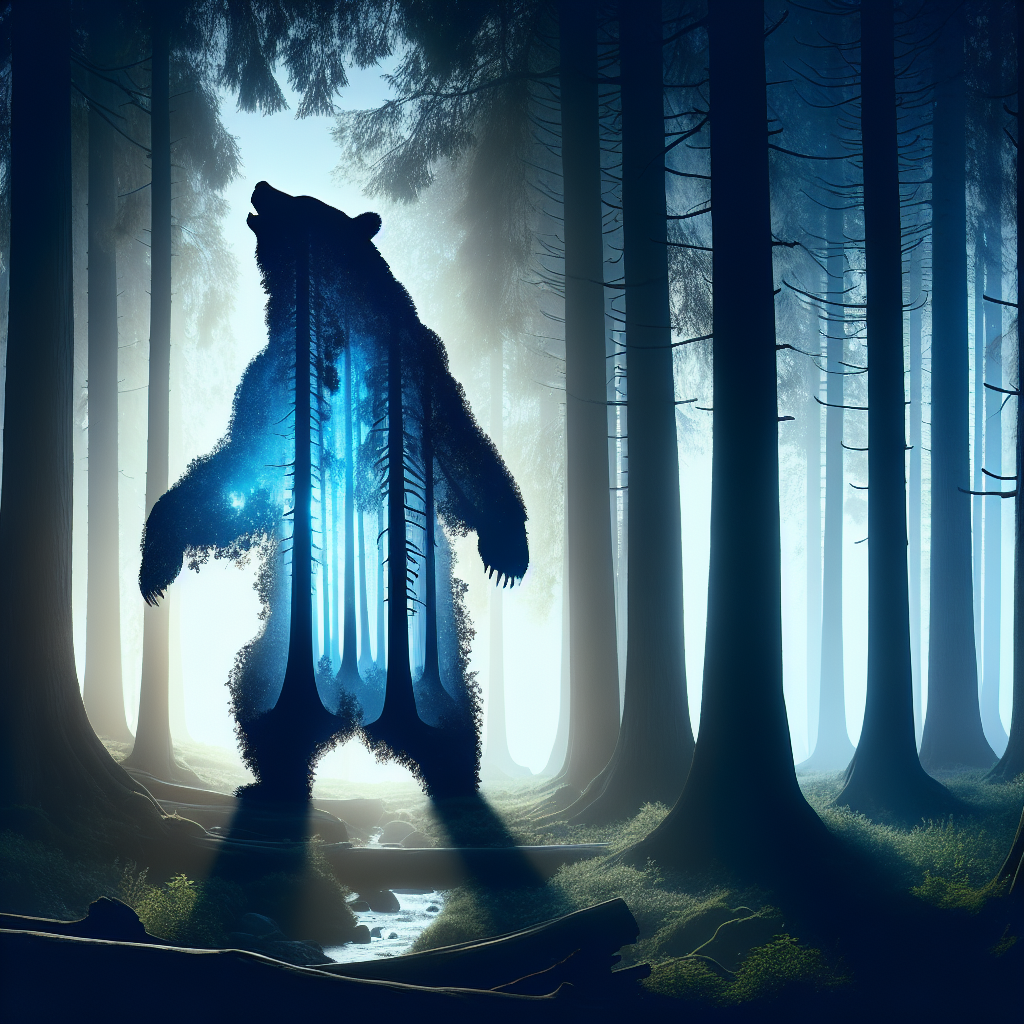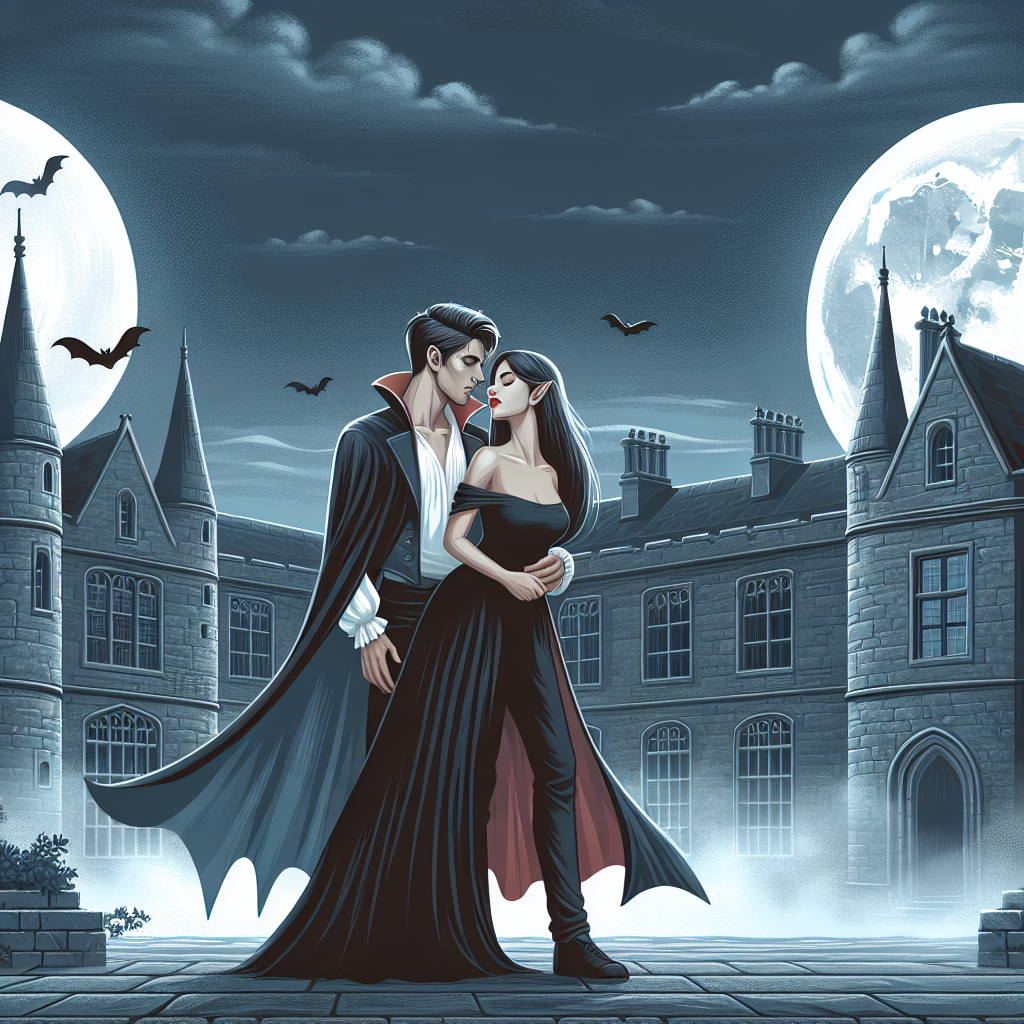Mastering Literary Genres and Tropes: Your Complete Writer's Toolkit
Whether you're a budding novelist or an avid reader seeking deeper understanding, mastering the concepts of genres and tropes is essential for navigating the literary landscape. These fundamental storytelling elements serve as both compass and map, guiding writers in their creative journey while helping readers discover their next favorite book.
What Exactly Are Genres and Tropes?
Understanding Genres: The Story's Foundation
A genre functions as literature's organizational system—a sophisticated method of categorizing stories based on their overarching style, central themes, and subject matter. Think of genres as architectural blueprints that establish the fundamental structure and atmosphere of your narrative.
When readers pick up a romance novel, they anticipate emotional depth, relationship development, and likely a satisfying resolution. Mystery enthusiasts expect puzzles to solve, clues to uncover, and revelations that make them gasp. Genres create this vital contract between author and audience, setting clear expectations while providing creative boundaries that paradoxically enhance rather than limit artistic expression.
Decoding Tropes: The Writer's Shorthand
Tropes represent the recurring patterns, character archetypes, and narrative devices that appear across countless stories. Far from being mere clichés, tropes function as storytelling shorthand—efficient tools that allow writers to quickly establish familiar concepts while readers instantly recognize and connect with certain elements.
Consider the "enemies to lovers" trope: this powerful dynamic immediately signals readers that they're in for a journey of tension, conflict, and eventual romantic transformation. The "chosen one" archetype instantly establishes a character's special destiny and the weight of responsibility they must bear.
Genre vs. Trope: Understanding the Distinction
The relationship between genres and tropes resembles that of a house and its furnishings. Genres provide the architectural framework—determining whether you're building a cozy cottage (romance) or a haunted mansion (horror). Tropes are the carefully selected furniture and decorations that bring personality and familiar comfort to each room.
Genre Characteristics
- Broad categorization that defines the story's overall identity
- Sets reader expectations for tone, style, and content
- Establishes the narrative framework within which the story operates
- Examples: Romance, fantasy, mystery, science fiction, horror
Trope Characteristics
- Specific elements that appear within various genres
- Recognizable patterns that create instant reader connection
- Flexible tools that can be used across multiple story types
- Examples: The mentor figure, love triangles, the reluctant hero
The Six Pillars of Genre
1. Setting: The Story's Stage
Every genre establishes its own distinctive world. Fantasy transports readers to realms where magic flows freely, while contemporary romance grounds us in familiar cities and small towns. Science fiction ventures into distant futures or alternate realities, creating backdrops that support and enhance the narrative's central themes.
2. Tone and Mood: The Emotional Landscape
The genre you choose dictates the emotional atmosphere permeating your story. Horror cultivates tension and dread, building an undercurrent of fear that keeps readers on edge. Comedy embraces lightness and humor, creating space for joy and laughter. This tonal consistency helps readers settle into the story's rhythm.
3. Central Themes: The Heart of Your Message
Different genres naturally explore specific philosophical and emotional territories. Science fiction examines humanity's relationship with technology and progress. Romance delves into the complexities of love, connection, and vulnerability. These thematic expectations guide both your storytelling choices and your readers' interpretive framework.
4. Character Archetypes: Familiar Faces in New Stories
Genres often feature recognizable character types that serve specific narrative functions. Mystery stories typically include the brilliant detective, the red herring suspect, and the crucial witness. Fantasy adventures showcase heroes, mentors, and villains in their eternal dance of conflict and growth.
5. Plot Structure: The Story's Skeleton
Each genre follows certain structural conventions that create satisfying narrative arcs. Thrillers build mounting tension toward explosive climaxes. Romance novels chart the emotional journey from meeting to commitment, often including the "dark moment" before the happy ending.
6. Purpose: The Genre's Mission
Every genre serves a distinct purpose in the reader's experience. Horror seeks to thrill and frighten, providing a safe space to experience danger. Romance celebrates love's transformative power, offering hope and emotional satisfaction. Understanding your genre's purpose helps you craft more effective and satisfying stories.
The Power of Genre Consistency
Adhering to genre conventions isn't about limiting creativity—it's about effective communication. When you write within established genre boundaries, you're speaking a language your readers already understand. This shared vocabulary allows you to focus on what makes your story unique rather than confusing readers with mixed signals.
Benefits for Readers
- Easy discovery of preferred story types
- Predictable satisfaction based on genre expectations
- Efficient browsing in bookstores and online platforms
- Community connection with fellow genre enthusiasts
Benefits for Writers
- Clear structural guidelines to support your creativity
- Established audience already interested in your story type
- Marketing advantages through recognizable categorization
- Creative constraints that often spark innovation
Blending Genres: When Rules Become Guidelines
Modern literature increasingly embraces genre blending, creating rich, multi-layered narratives that draw from multiple traditions. Romantic fantasy combines the emotional satisfaction of love stories with the wonder of magical worlds. Science fiction mysteries merge futuristic settings with classic detective work.
Successful Genre Fusion Strategies
- Identify the primary genre that will dominate your story's structure
- Choose complementary secondary genres that enhance rather than conflict
- Maintain consistency in tone and character development
- Meet core expectations of your primary genre while adding unique elements
Avoiding Genre Chaos
The key to successful genre blending lies in balance and intention. Too many competing elements can create confusion, leaving readers unsure of what they're experiencing. Focus on how different genre elements can work together to create something greater than the sum of their parts.
The Five Foundations of Tropes
1. Character Archetypes
Tropes often manifest through instantly recognizable character types: the mysterious bad boy, the wise mentor, the innocent ingénue. These archetypes provide familiar entry points for readers while offering writers proven character dynamics to explore and subvert.
2. Situational Patterns
Many tropes revolve around specific scenarios that create dramatic tension. The "forced proximity" trope places characters in situations where they must spend time together, naturally building relationships. The "fish out of water" scenario generates comedy and growth as characters navigate unfamiliar environments.
3. Thematic Elements
Tropes frequently highlight universal themes that resonate across cultures and time periods. Betrayal, redemption, sacrifice, and transformation appear repeatedly because they reflect fundamental human experiences that readers instinctively understand and connect with.
4. Plot Mechanisms
Some tropes function as narrative engines, driving stories forward through established patterns. The "ticking clock" creates urgency, while the "red herring" misdirects attention in mysteries. These devices provide structural support for your storytelling.
5. Reader Expectations
Tropes create anticipation that skilled writers can either fulfill or cleverly subvert. When readers recognize a familiar pattern, they begin anticipating certain outcomes, creating opportunities for both satisfaction and surprise.
The Art of Trope Subversion
The most innovative storytelling often comes from trope subversion—taking familiar patterns and twisting them in unexpected directions. Instead of the helpless damsel in distress, create a capable woman who saves herself. Rather than the typical love triangle, explore polyamorous relationships or characters who choose friendship over romance.
Effective subversion requires deep understanding of the original trope and why it resonates with readers. Your twist should feel both surprising and inevitable, offering fresh perspective while maintaining emotional authenticity.
Genre and Trope Examples in Action
Classic Genre-Trope Partnerships
Fantasy + The Chosen One: From Harry Potter to The Matrix, this combination creates stories about ordinary individuals discovering extraordinary destinies.
Romance + Enemies to Lovers: Pride and Prejudice remains the gold standard, showing how initial conflict can transform into deep love.
Mystery + The Unreliable Narrator: Gone Girl demonstrates how this pairing can create stunning plot twists and reader manipulation.
Science Fiction + Fish Out of Water: Stories like Star Trek explore how characters adapt to alien environments and cultures.
Crafting Your Literary Toolkit
Understanding genres and tropes empowers you to make intentional storytelling choices. Whether you're writing your first novel or your fiftieth, these tools help you communicate effectively with readers while pushing creative boundaries.
Remember that genres and tropes are servants, not masters. Use them to enhance your unique voice and vision, creating stories that feel both familiar and fresh. The best literature honors tradition while blazing new trails, giving readers the comfort of recognition alongside the thrill of discovery.
Master these fundamentals, and you'll possess the keys to crafting compelling narratives that resonate with readers while expressing your distinctive artistic vision. Your stories will find their perfect audience, and that audience will eagerly await whatever you create next.
💝 Ready to Explore More Romance?
If you enjoyed this article about romance writing, discover thousands of captivating love stories on our platform.
Download App
